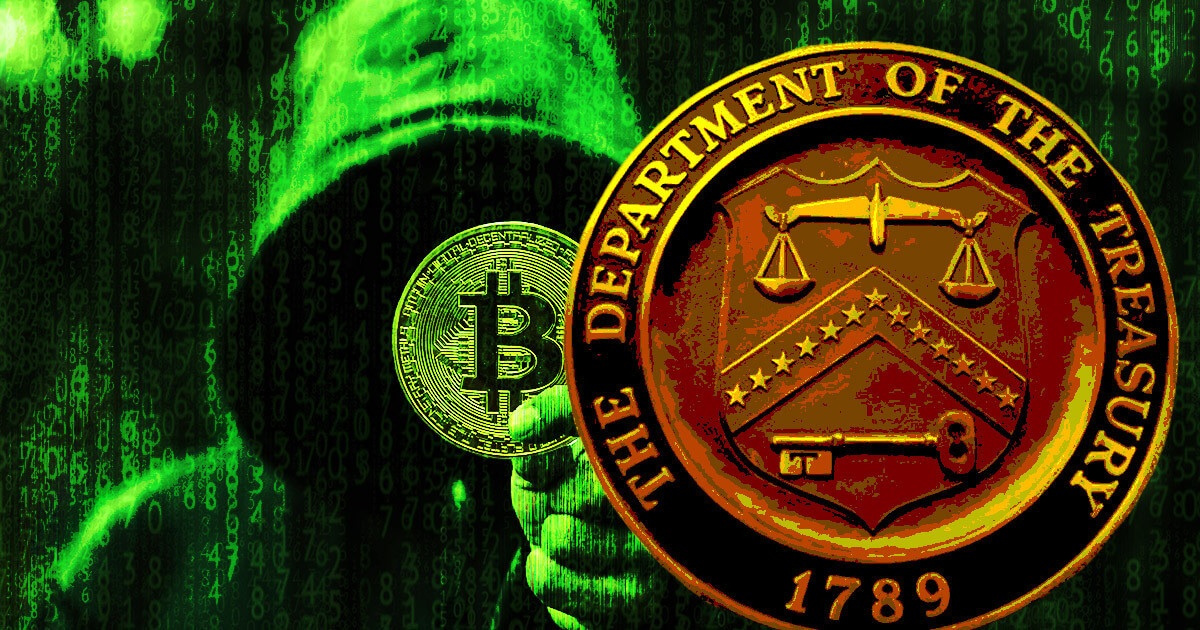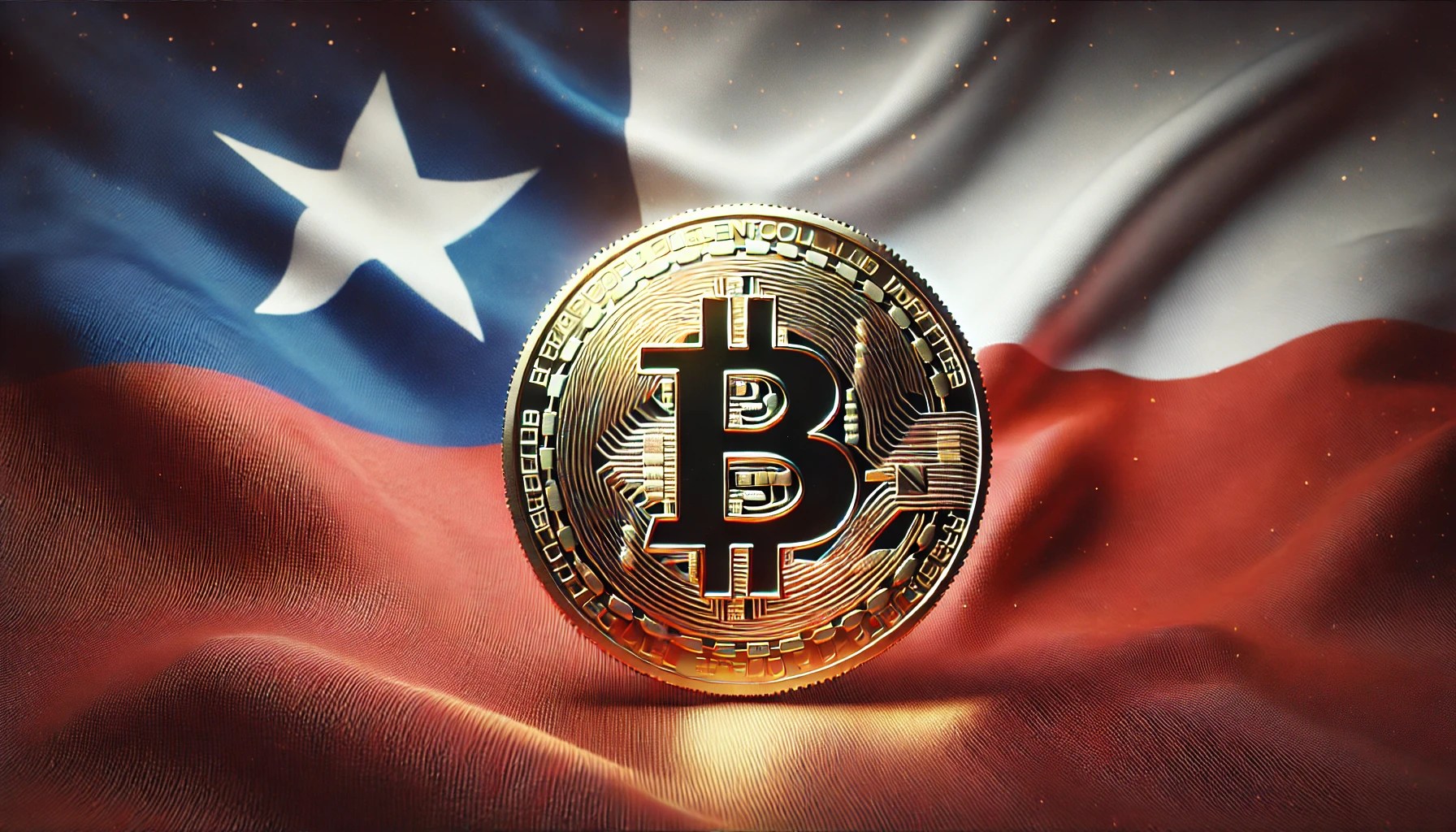The Growing Concern of Virtual Assets in Money Laundering
Understanding the Risks
On February 8, the U.S. Treasury Department released its 2024 National Risk Assessments, shedding light on the use of virtual assets in illicit financial activities. According to the report, while virtual assets currently represent a small fraction of total money laundering flows compared to fiat currencies, they are gradually becoming a significant concern for regulatory and enforcement agencies.
The Evolution of Money Laundering
Money laundering has been a longstanding issue in the financial sector, with criminals constantly finding new ways to exploit the system for their illicit gains. Traditionally, fiat currencies have been the primary means of conducting money laundering activities due to their widespread acceptance and ease of use. However, as technology continues to advance, virtual assets have emerged as a new frontier for criminals to exploit.
The anonymous and decentralized nature of virtual assets makes them an attractive option for money launderers looking to conceal their illicit activities. With the rise of cryptocurrencies like Bitcoin and Ethereum, regulators are faced with the challenge of monitoring and controlling these digital transactions to prevent abuse.
The Impact on Individuals
As an individual consumer, the increasing use of virtual assets in money laundering activities can have a direct impact on your financial security. With regulators cracking down on illicit transactions, there is a possibility that innocent users may inadvertently get caught up in investigations or face restrictions on their own virtual asset transactions. It is essential for individuals to stay informed about the risks associated with virtual assets and take necessary precautions to protect themselves from being unknowingly involved in money laundering schemes.
The Global Implications
From a global perspective, the growing concern of virtual assets in money laundering has far-reaching implications for financial systems worldwide. As more countries adopt regulations to combat illicit financial activities involving virtual assets, there is a need for greater collaboration and transparency among international regulatory bodies. Failure to address these risks effectively could result in an erosion of trust in virtual assets and hinder their mainstream adoption in legitimate financial transactions.
Conclusion
Overall, the U.S. Treasury Department’s report highlights the evolving landscape of money laundering and the crucial role that virtual assets play in this illicit activity. As regulators continue to monitor and mitigate the risks associated with virtual assets, it is essential for individuals and businesses to remain vigilant and proactive in safeguarding their financial interests. By staying informed and following best practices for secure transactions, we can collectively work towards creating a safer and more transparent financial ecosystem for all.





